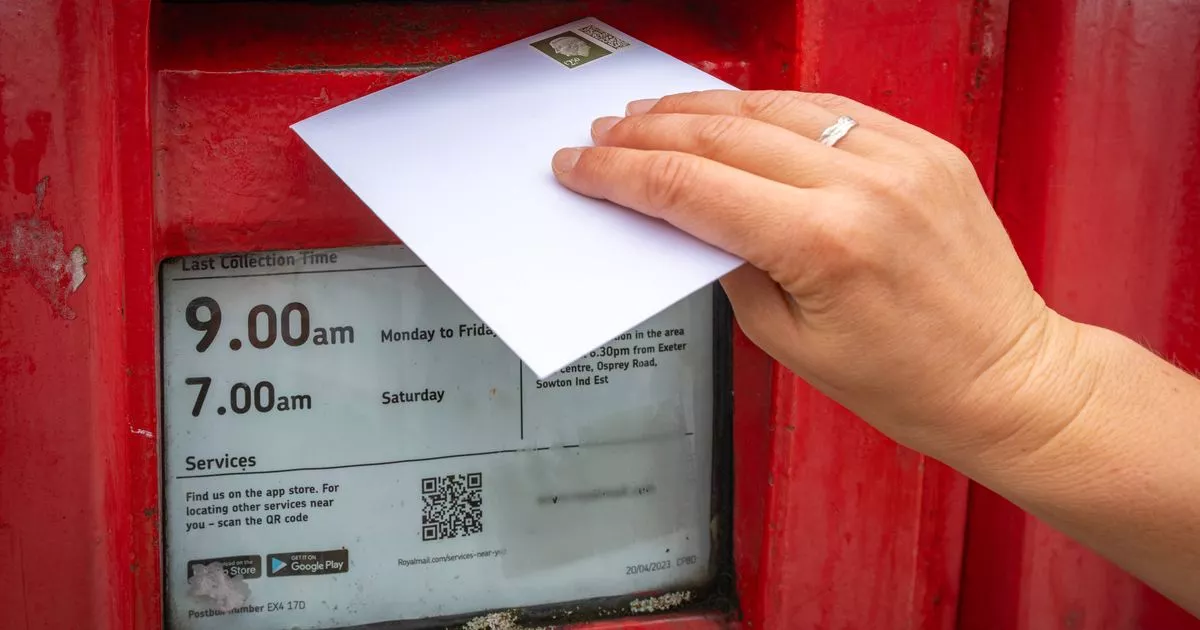Liverpool has some incredible buildings and monuments, and we are rightly proud of the city’s many architectural gems. From the majesty of St George’s Hall to the splendour of Three Graces, it is easy to see why English Heritage once described it as “England’s finest Victorian city”.
There are over 2,500 listed buildings in Liverpool, defined as being of “special architectural, historical or cultural significance”. Of those, 27 are classified as Grade I (buildings of outstanding architectural or historic interest) and the rest are classified as Grade II* or Grade II.
Although most listed structures are buildings, it isn’t always the case. Some of the structures which made the Historic England list are things you might pass by without considering their importance to Britain’s heritage – including street furniture, bridges and sculptures. Many of them are small-scale wonders that bring beauty to urban life and offer something more than simple utilitarian design. Here, we give a rundown of some of the more unusual structures and objects to have been granted listed status in our region.
READ MORE: Park tucked away in Liverpool city centre where 60,000 bodies are buried
READ MORE: The important reason hundreds gathered in Liverpool city centre today
Gravestones
Up and down the country, you’ll find examples of listed gravestones. They might mark the final resting place of a famous person, or need to be preserved because of their unusual design or structure. In Halewood, there is a particularly interesting example of a listed gravestone.
At the RSPCA Liverpool Animal Centre is the gravestone of Blackie the Warhorse, who served on the western front during the First World War and died at the age of 33. Blackie’s grave was listed in 2017.
Letter boxes
As you walk through Liverpool, you’ll see lots of old Royal Mail pillar boxes, some of which date back to the Victorian era. A number of the city’s pillar boxes have been given listed status, including this beauty (main picture) at the Albert Dock. As distinctive as it is unique, this post box is the last remaining fully working ‘Liverpool Special’, created especially for the second city of empire in 1863.
They were believed to have been created when the city’s mid-Victorian postmaster argued that boxes designed for the nation as a whole were not adequate to cope with the heavy postings experienced in Liverpool where – unlike London – the posting of newspapers as well as letters was allowed. The Albert Dock pillbox was originally located at Sheil Road and Huntley Road.
Gates
Back in the day, architects took time and effort to design eye-catching gateways, knowing the importance of first impressions to anyone walking through them. The stone-carved gates at the Victoria and Trafalgar Docks on Waterloo Road are one such example. The structure was listed in 1975.

Phone boxes
The old-fashioned red telephone boxes are one of the crowning achievements of 20th century British design. Designed by Sir Gilbert Scott, the architect of Liverpool’s Anglican Cathedral, they are rightly celebrated for their handsome appearance and practical design. The curved roof keeps the rain off and small glass windows can be easily replaced if smashed. This example of the K2 phone box stands outside Liverpool Town Hall and was listed in 1986.

Lampposts
There are a number of listed lamp posts in the city, including this one which stands between Eldon Grove and Bevington Street in Vauxhall. Like Eldon Grove itself, the lamp post has certainly seen better days, but the elegance of its structure endures. It was listed in 1975. You can see other listed lampposts in the Georgian Quarter, with a fine example standing on Rodney Street.

Source link



